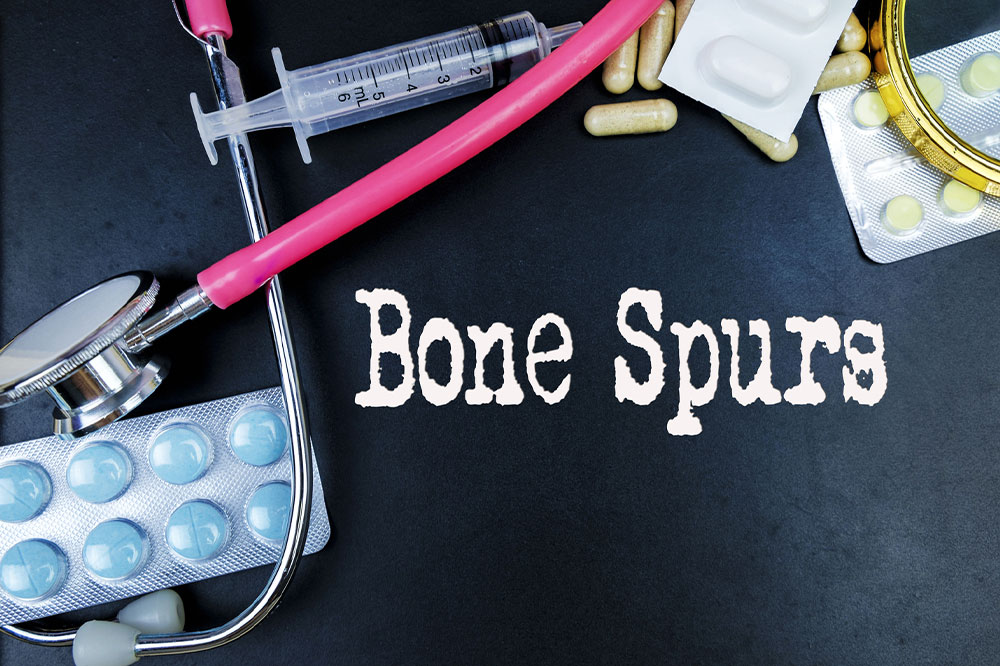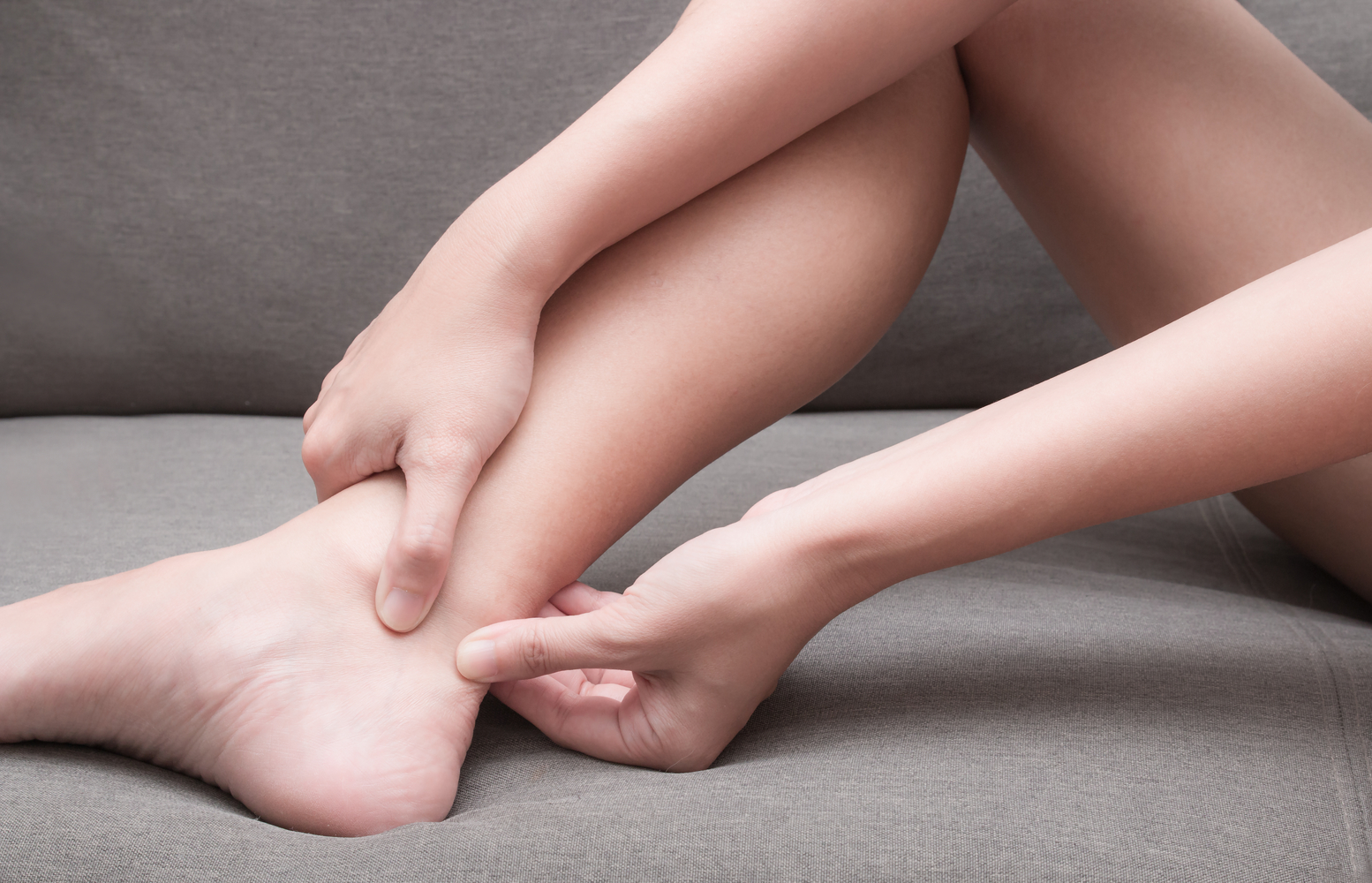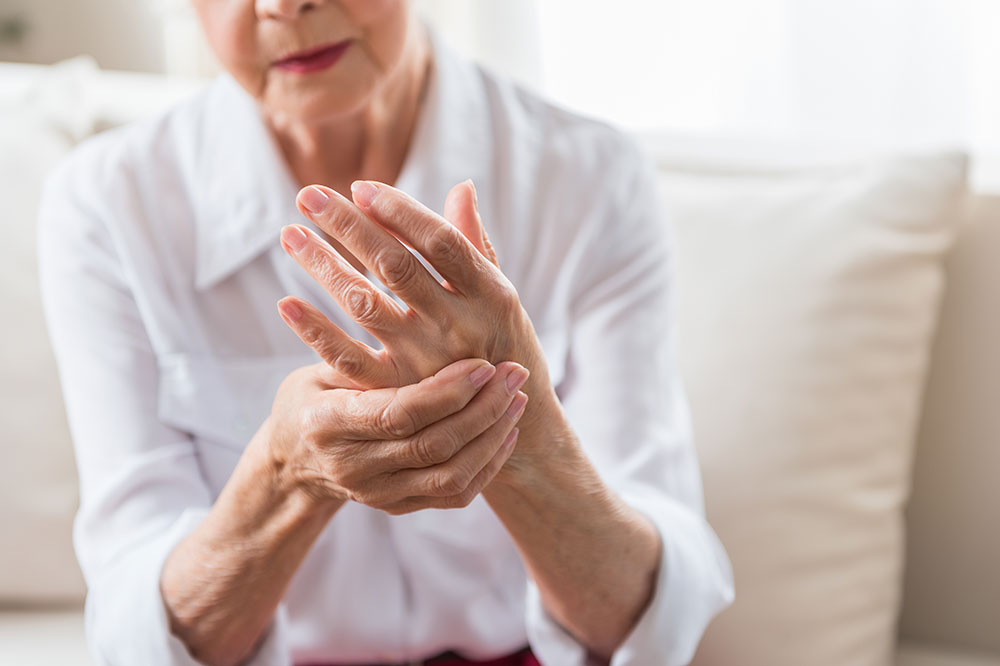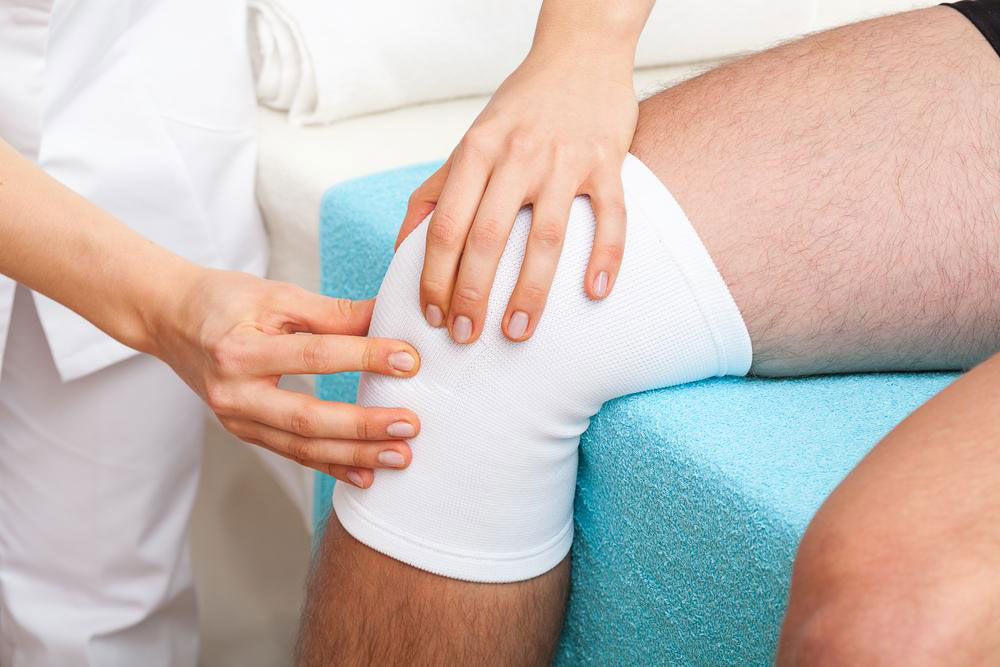Comprehensive Guide to Managing and Preventing Bone Spurs
Learn about bone spurs, their causes, symptoms, and effective management strategies. This comprehensive guide covers both non-invasive treatments and surgical options, along with preventive measures to maintain joint health and prevent future growths.

Comprehensive Guide to Managing and Preventing Bone Spurs
Bone spurs, medically referred to as osteophytes, are bony projections that develop along the edges of bones and joints. These growths can form in various parts of the body, including the neck, hands, shoulders, lower back, hips, knees, and heels. While often asymptomatic, bone spurs can sometimes cause significant discomfort, especially when they press against nerves or other bones, resulting in pain, stiffness, or reduced mobility. Understanding the nature of these bony extensions, their causes, and how to effectively manage or prevent them is essential for maintaining joint health and overall mobility.
Bone spurs are frequently associated with degenerative joint conditions such as osteoarthritis and rheumatoid arthritis, as well as other diseases like gout and lupus. They develop as the body’s response to joint damage or cartilage deterioration, aiming to stabilize or repair affected areas. This adaptive response, though beneficial in some contexts, can lead to unwanted symptoms when the osteophytes grow large enough to interfere with normal joint movement.
Effective Treatment Strategies for Bone Spurs
Addressing bone spurs involves a combination of conservative management techniques and, in some cases, surgical intervention. Treatment plans should be tailored to the severity of symptoms and the location of the growths. Here are the main options available:
Rest and Lifestyle Adjustments
One of the simplest ways to manage symptoms is to allow affected joints to rest. Avoiding excessive or aggravating activities helps reduce inflammation and pain. During flare-ups, minimizing movement can prevent further irritation and facilitate healing.
Physical Therapy and Exercises
Engaging in targeted stretching and strengthening exercises can improve joint stability and flexibility. Physical therapy can also help alleviate pain, improve range of motion, and reduce pressure on affected areas.
Medications for Symptom Relief
Over-the-counter pain relievers such as acetaminophen, nonsteroidal anti-inflammatory drugs (NSAIDs), or corticosteroid injections can help reduce inflammation and discomfort caused by bone spurs.
Surgical Removal of Bone Spurs
For severe cases, especially when conservative measures fail to provide relief, surgical removal may be necessary. This procedure involves excising the bony projections along with any inflamed tissues, thereby alleviating nerve compression and restoring joint function.
Preventing Bone Spurs: Lifestyle and Care Tips
Although it is challenging to prevent osteoarthritis-related bone spur formation entirely, certain lifestyle modifications can significantly lower the risk. These include maintaining a healthy weight to reduce joint stress, wearing supportive footwear to improve joint alignment, and practicing low-impact exercises such as walking, swimming, or cycling. Additionally, staying hydrated and eating a balanced diet rich in anti-inflammatory foods can promote joint health.
Early recognition of symptoms such as joint stiffness, persistent pain, or swelling is crucial. Consulting a healthcare professional promptly can lead to early diagnosis and effective management, preventing progression and more invasive procedures down the road.





